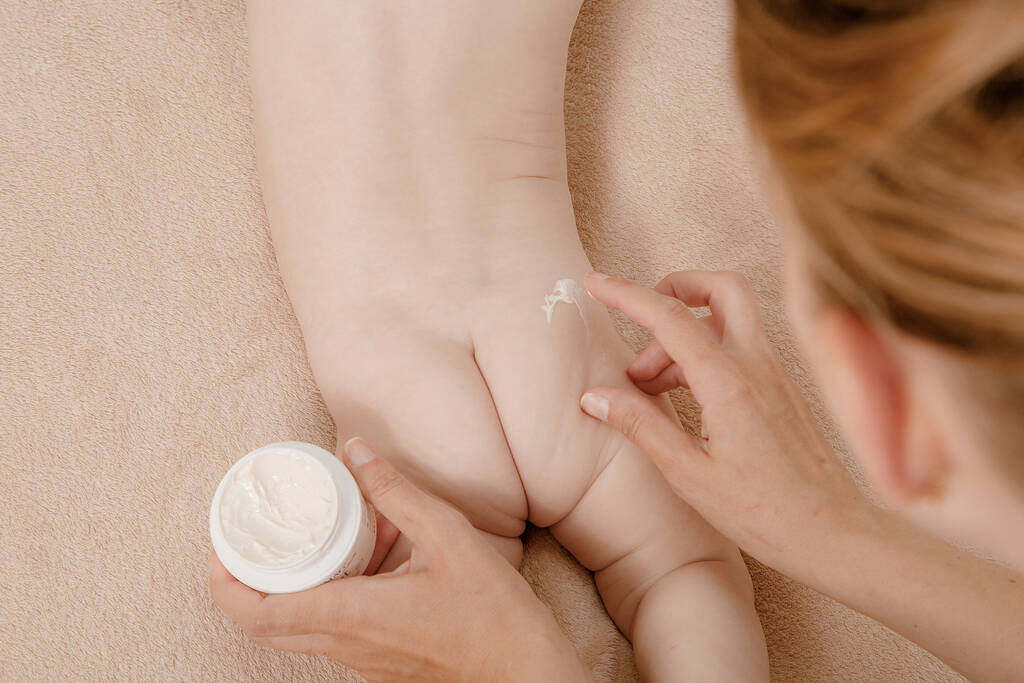Nurturing Little Minds: A Journey through Baby Development
Babies, those tiny bundles of joy, enter the world with endless possibilities for growth and development. In this article, we’ll explore the incredible journey of baby development, from the moment they are born to their early years. Understanding these crucial stages can help parents and caregivers provide the right environment for their little ones to thrive.
Birth to Three Months: The Foundation
The first three months of a baby’s life are often referred to as the “fourth trimester.” During this time, infants are adjusting to the world outside the womb. Babies are primarily focused on survival, seeking comfort, warmth, and nourishment.
Physical Development:
- Newborns are born with reflexes that aid in survival, such as the sucking reflex for feeding.
- Tummy time is essential for building neck and upper body strength.
- Vision is still developing, and babies are most attracted to high-contrast patterns.
Social and Emotional Development:
- Infants begin to recognize and respond to familiar faces, especially their primary caregivers.
- Smiles and coos are the first signs of social interaction and bonding.
- Crying is the primary mode of communication, indicating needs such as hunger, discomfort, or fatigue.
Cognitive Development:
- Babies are sensory learners, exploring the world through touch, taste, smell, sight, and sound.
- High-pitched sounds and simple toys can capture their attention.
- Routine and predictability are comforting for newborns.
Three to Six Months: Discovering the World
As babies enter the second quarter of their first year, they become more aware of their surroundings. They start to engage in purposeful movements and show growing curiosity about the world.
Physical Development:
- Many babies begin to roll over during this period.
- Hand-eye coordination improves, leading to the ability to grasp objects.
- Some infants may start teething, experiencing discomfort and a desire to chew on objects.
Social and Emotional Development:
- Laughter becomes a more prominent part of social interaction.
- Stranger anxiety may emerge as babies become more selective about familiar faces.
- Responsive caregiving fosters a secure attachment between the baby and primary caregivers.
Cognitive Development:
- Object permanence starts to develop; babies realize that things exist even when out of sight.
- Simple games like peek-a-boo enhance cognitive skills.
- Babbling and early speech-like sounds lay the foundation for language development.
Six to Nine Months: Becoming Mobile Explorers
The third quarter of a baby’s first year is marked by increased mobility and a deeper exploration of their environment. This stage often brings new challenges and joys for both babies and caregivers.
Physical Development:
- Many babies start crawling or scooting.
- Pulling up to stand and cruising along furniture are common milestones.
- The introduction of solid foods contributes to motor skills development.
Social and Emotional Development:
- Separation anxiety may peak during this stage.
- Responding to their own name and recognizing familiar objects are signs of social awareness.
- Mimicking facial expressions and gestures indicates growing social understanding.
Cognitive Development:
- Improved hand-eye coordination allows for more purposeful interactions with toys.
- Babbling becomes more sophisticated, with varied tones and inflections.
- The introduction of gestures like waving and pointing enhances communication.
Nine to Twelve Months: First Steps into Independence
As the first year comes to a close, babies are on the brink of toddlerhood. They are eager to assert their independence and develop a sense of autonomy.
Physical Development:
- Many babies take their first steps, transitioning from crawling to walking.
- Fine motor skills progress, enabling activities like self-feeding with finger foods.
- The pincer grasp develops, allowing for the precise picking up of small objects.
Social and Emotional Development:
- Developing a sense of self leads to a desire for independence.
- Responding to simple verbal commands and understanding “no” are signs of growing communication skills.
- Play becomes more interactive, with a preference for certain toys and activities.
Cognitive Development:
- Understanding cause and effect becomes more evident.
- Simple problem-solving skills emerge, such as fitting shapes into corresponding holes.
- Vocabulary expands, with the ability to understand and respond to simple commands.
Conclusion: Nurturing the Blossoming Baby
The first year of a baby’s life is an incredible journey of growth and development. Understanding the physical, social, emotional, and cognitive milestones can empower parents and caregivers to create a supportive environment for their little ones. Each baby is unique, and these general guidelines provide a roadmap for the exciting adventure of nurturing and fostering the potential within every tiny mind. As babies grow, so does the love and care that surrounds them, laying the foundation for a lifetime of learning and discovery.













